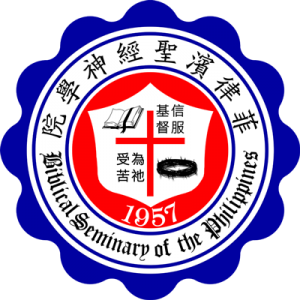The nature of physical computation [electronic resource] / Oron Shagrir.
Series: Oxford studies in philosophy of sciencePublication details: New York, NY, United States of America : Oxford University Press, c2022.Description: vi, 319 pagesContent type:- text
- computer
- online resource
- 9780197552384
- 9780197552407
| Item type | Current library | Call number | Status | Date due | Barcode | |
|---|---|---|---|---|---|---|
 eBooks
eBooks
|
Digital Library | Available |
Includes bibliographical references (pages 271-299) and indexes.
Chapter 1: Desiderata of a theory of computation Chapter 2: Turing's computability Chapter 3: Preamble to machine computation Chapter 4: Computation as step satisfaction Chapter 5: Computation as implementation Chapter 6: Computation as mechanism Chapter 7: The semantic view of computation Chapter 8: An argument for the semantic view Chapter 9: Computing as modeling Acknowledgements Bibliography
"Computing systems are everywhere today. Even the brain is thought to be a sort of computing system. But what does it mean to say that a given organ or system computes? What is it about laptops, smartphones, and nervous systems that they are deemed to compute, and why does it seldom occur to us to describe stomachs, hurricanes, rocks, or chairs that way? The book provides an extended argument for the semantic view of computation, which states that semantic properties are involved in the nature of computing systems. Laptops, smartphones, and nervous systems compute because they are accompanied by representations. Stomachs, hurricanes, and rocks, for instance, which do not have semantic properties, do not compute. The first part of the book argues that the linkage between the mathematical theory of computability and the notion of physical computation is weak. Theoretical notions such as algorithms, effective procedure, program, and automaton play only a minor role in identifying physical computation. The second part of the book reviews three influential accounts of physical computation and argues that while none of these accounts is satisfactory, each of them highlights certain key features of physical computation. The final part of the book develops and argues for a semantic account of physical computation and offers a characterization of computational explanations"--


